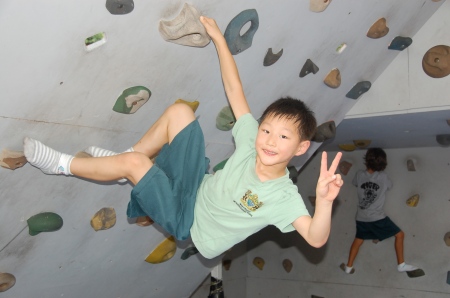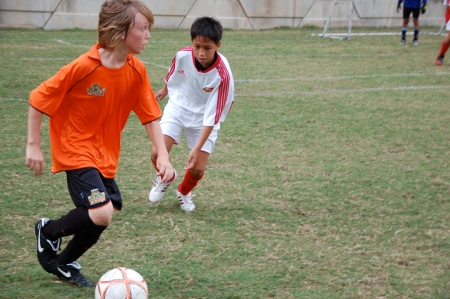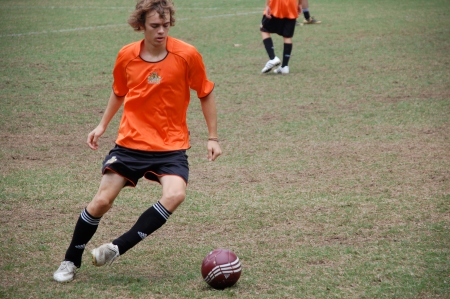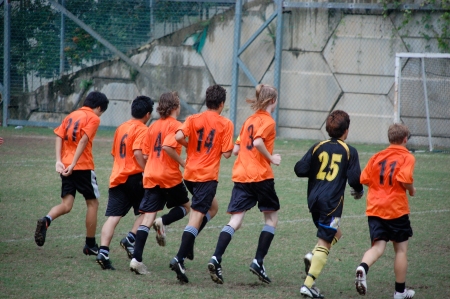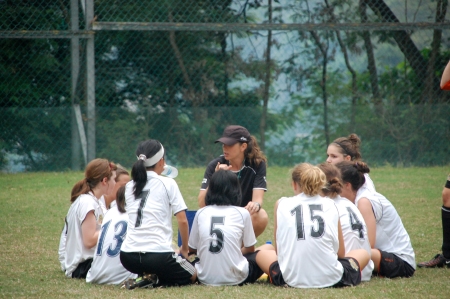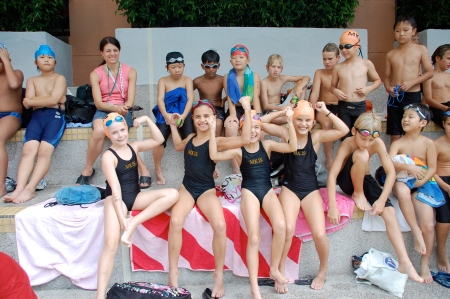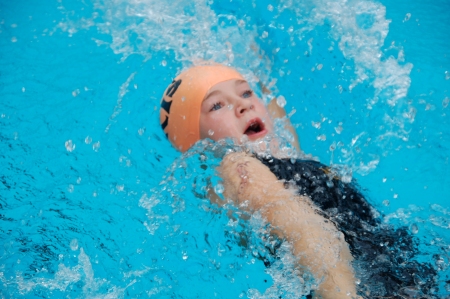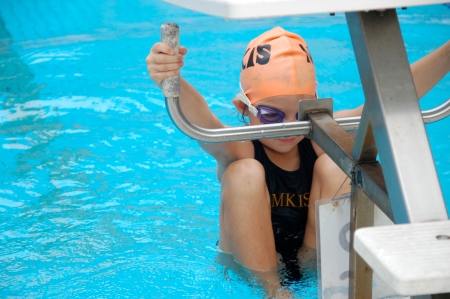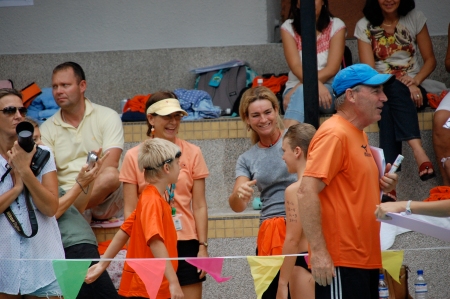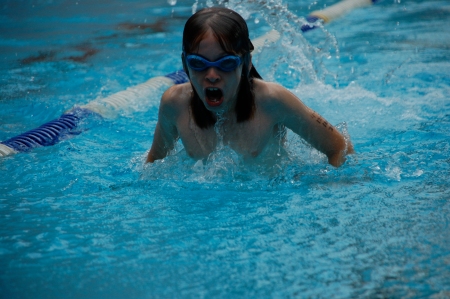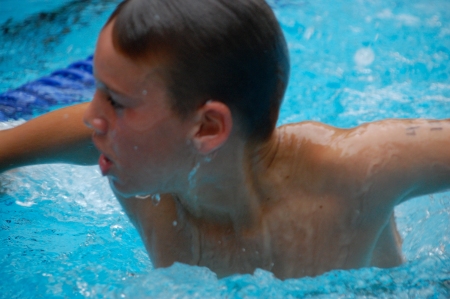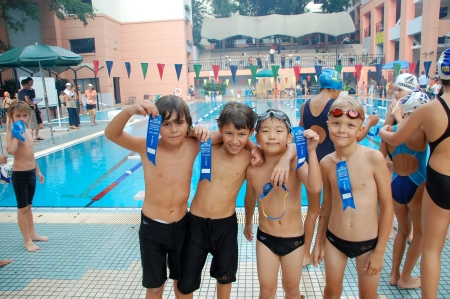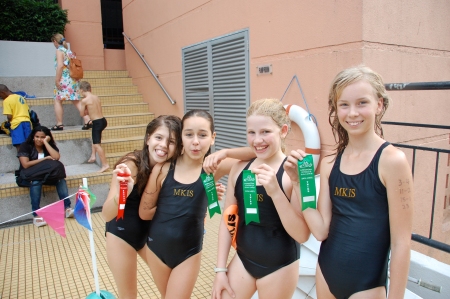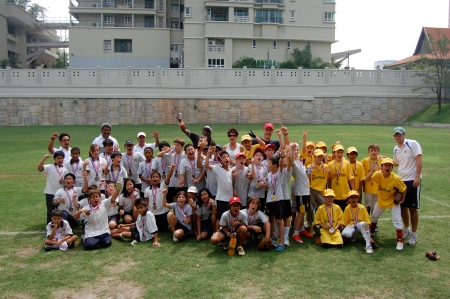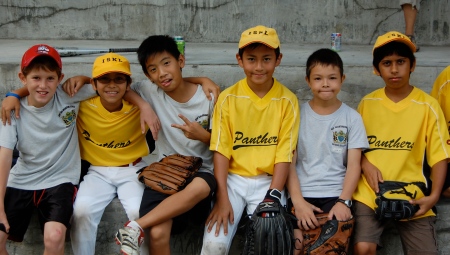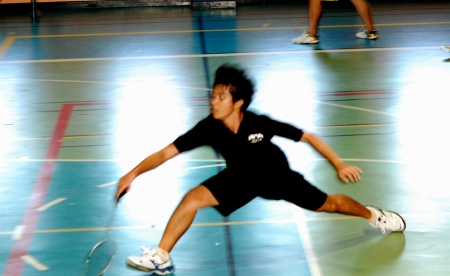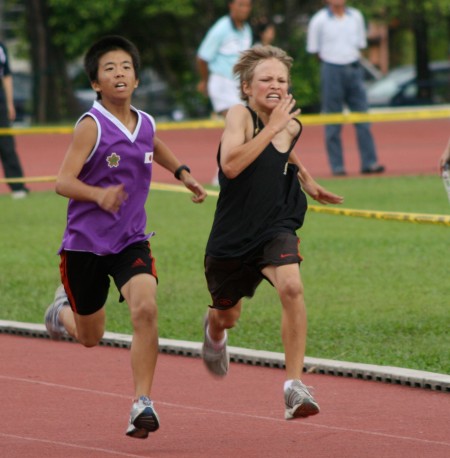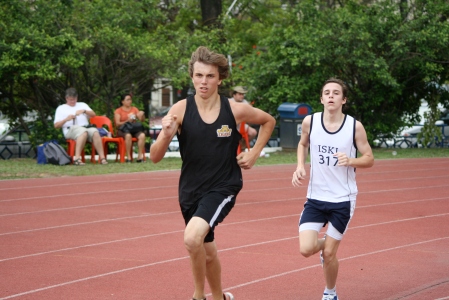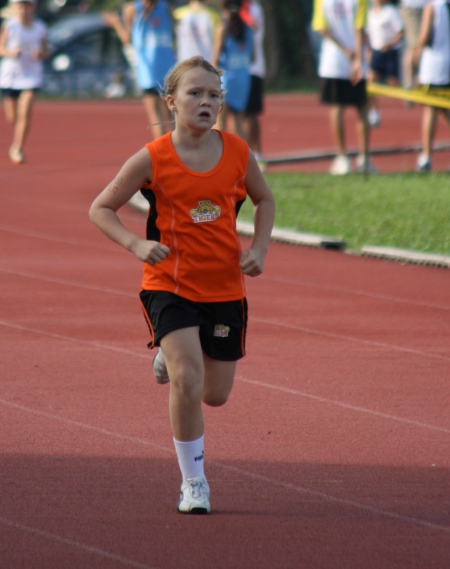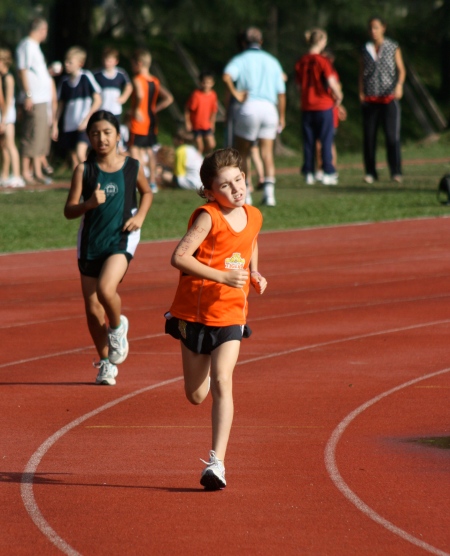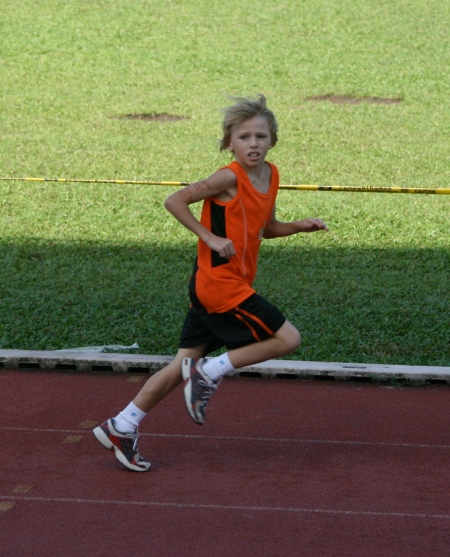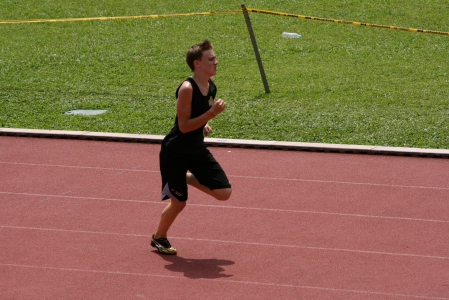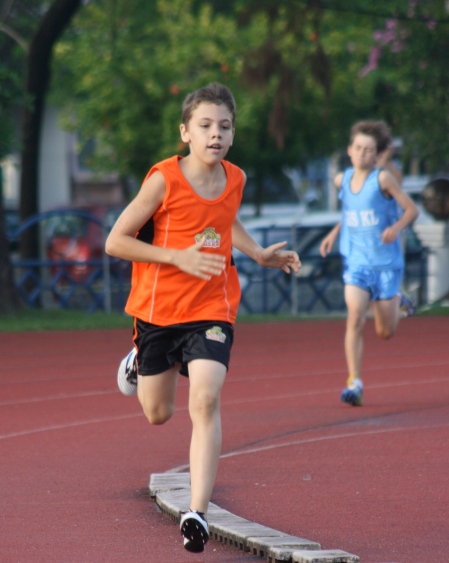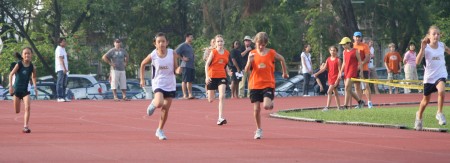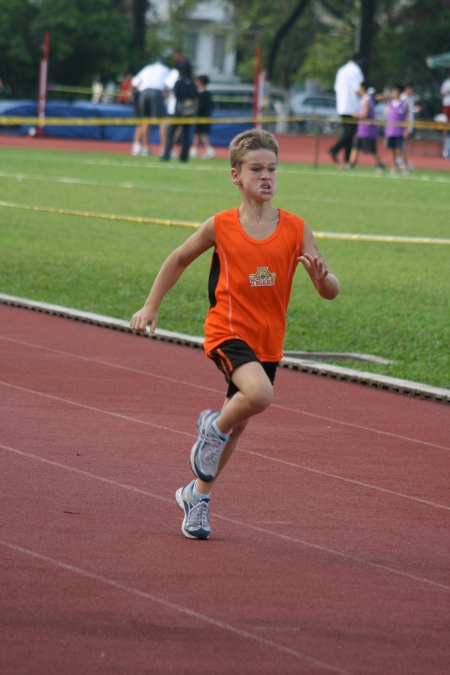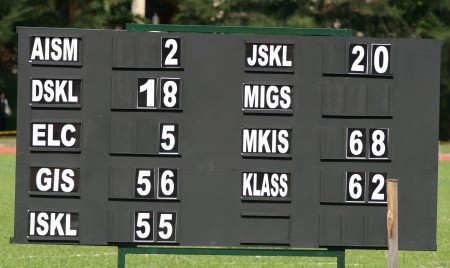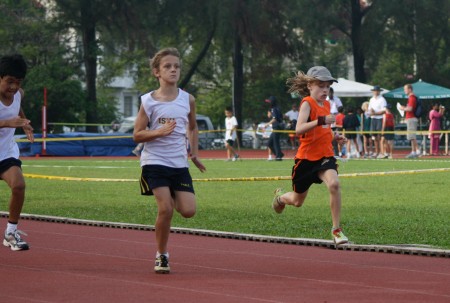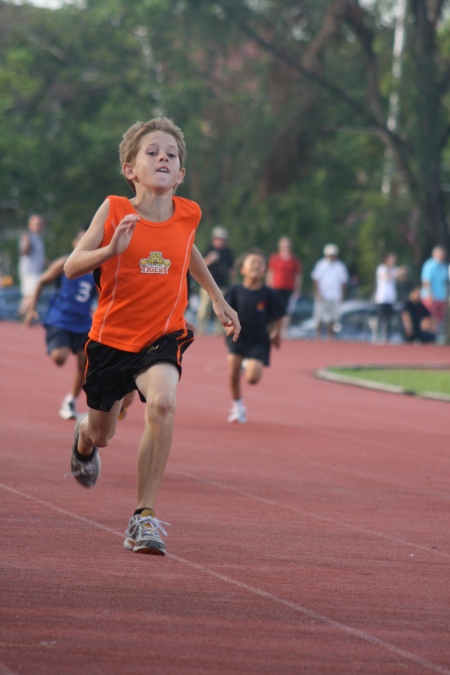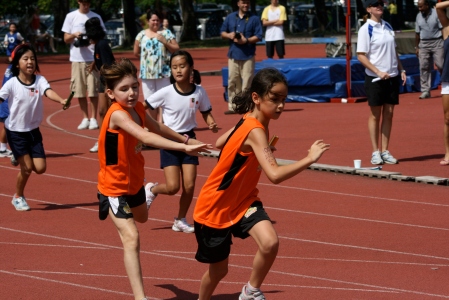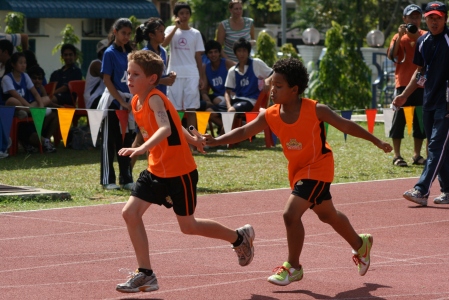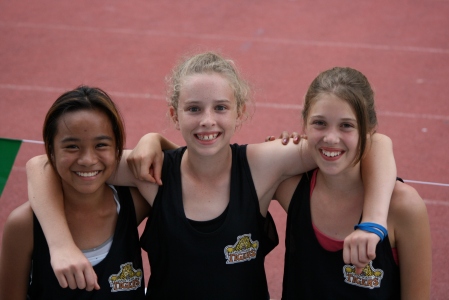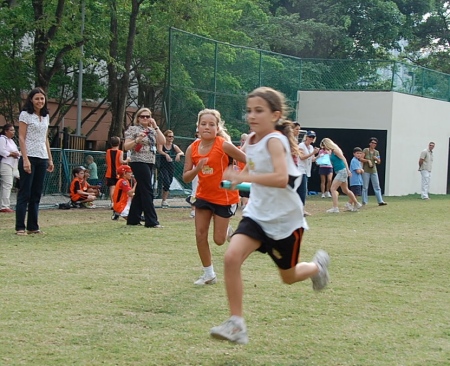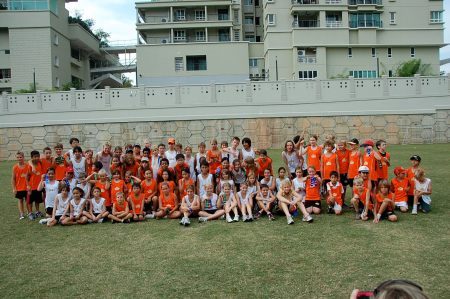I can’t help but think that the world’s number one psychological issue these days is recognition and it is hard to not fall victim to its persistent nagging. I listened to an interview with the Olympic Skiing Star at the Winter Olympics in Vancouver who said, after he came in third place just .09s off of first, if he was upset about not getting the gold medal. He stated that it didn’t matter to him because he felt like he had skied so well that the place didn’t matter. When have you heard something as incredible as that said by an athlete?
My students and the athletes on our school teams have this huge tendency to get really down and upset when they lose a match despite playing extremely well. They don’t seem to understand the difference between playing well and winning. In their minds playing well means that you win. Losing means you are a loser which means you aren’t very good.
It is much better, in my mind, for young athletes to get beaten really badly at the beginning of a season or lose when they are playing poorly. If they play below their level and still win, they have this tendency to feel like they played well. If they get clobbered, then we have their attention and they become teachable.
But the culture seems to be wild about results and recognition which probably why we have the proliferation of such demeaning behavior as is shown on programs like American Idol. The object of sport is to get into your bodies. My daughter recently said that we can get inside the equation rather than staying on the outside hoping for a win so you can feel good.
Working hard allows people to get inside their bodies. Throw away the scoreboard and the heart rate monitor. Feel what is like to have really sore muscles after a really hard run. If you don’t get equal joy out of playing hard with your friends as you do by scoring a goalin front of a crowd, then something is really wrong. You are out of the equation and out of your body.
